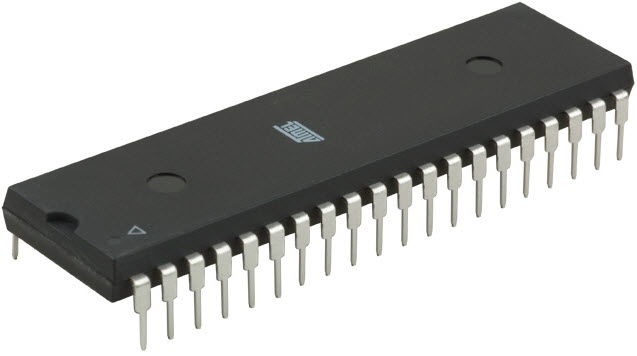10 Steps involved in selecting a proper Microcontroller

Engineers of a project consider a number of things before selecting a proper microcontroller such as the features, the cost and also many other aspects that may lead them to take help of diagrams and flowcharts at times. After all these preparations, still at times there are situations when wrong decisions may be taken. Though experts of http://tasking.com/ are great at providing the best choice, still following these ten steps after using the flowchart method can help exactly in getting a correct microcontroller from both hardware and software point of view.
Step 1: Hardware Interfaces
The diagram that is already prepared can help in knowing about what are the hardware interfaces that will be required in the microcontroller. The two important interfaces that will be required are the communication interfaces such as I2C, UART, USB, SPI and others and digital input and output interface such as PWM and others.
Step 2: Software Architecture
Similar to the hardware of the microcontroller, it is also needed to have a list of all the software features needed in it. Some of the features to look out are the processing requirements, frequency control sensors, computing power and similar others.
Step 3: The Architecture
When the hardware and the software features are being decided in steps 1 and 2, the engineer will be able to decide about the architecture part of the microcontroller too. It depends on the features needed and the algorithms developed that whether the requirement is about 32 bits or 16 bits or others. It is of course a great idea to have a thought about future needs and hence prepare in advance for future projects as well. This step is mainly to make the engineer see future prospects in the correct way.
Step 4: Memory Needs
Memory and space is the most important feature for any microcontroller. It is important to check the RAM as per the software architecture and also the projects to be run through the microcontroller. It is always better to have a larger space in place of having a space that may get used up quickly. IT has to be understood that the software may also get updates from time to time that may again consume space. Hence, these are some of the important aspects that should be kept in mind in selecting RAM for the microcontroller.
Step 5: Searching Microcontrollers
After all the hardware and software features have been decided, it is the time to select the right kind of microcontroller as per the decided features. One of the places that can be great at buying such products is http://tasking.com/.
Step 6: Cost and Power
When the microcontroller has met all the required features and configurations, it is the time to have a note of the two another most eminent elements and these are power and cost. It is important to check the power consumption of the microcontroller. The lesser it consumes, the better it is. Similarly, it is also important to compare the prices and have a check on the dollars to be spent. These days there are many such high end machines that can cost critically.
Step 7: Parts Availability
Now when the microcontroller has so many essential features and parts in it, it is also essential to check the availability of these parts. It is important to know what are the parts that may be needed from time to time to replace, or may be required anytime in future. Also it is essential to know whether these parts are available all times in stock it may take a lead time of a few weeks. There are also many parts for which the engineers may need to wait for a few months. Thus, it is important to know about the life cycle of the important parts in the microcontroller.
Step 8: Development Kit
One of the best ways to check whether the microcontroller is a good choice or not, is the availability of the development kit. Today most of the development kits are available at a good price of lesser than $100. If there is no such development kit for the microcontroller available, then the parts may not be a great choice. The kit helps the engineer in knowing the working of the controller from inside.
Step 9: Tools and Compilers
Most of the controllers today have possible tools and compilers available in the market. But still it is essential to check whether proper tools and compilers are available for the microcontroller that has been selected. If proper tools are not available that many of the processes such as debugging gets expensive.
Step 10: Initiating Experiments
After checking almost everything before getting the correct microcontroller, the right one of course is in hands. This last step will surely finalize about the potentiality of the controller. It is great to have small circuit tests so that can be known for sure that the selected controller is the correct one finally.



